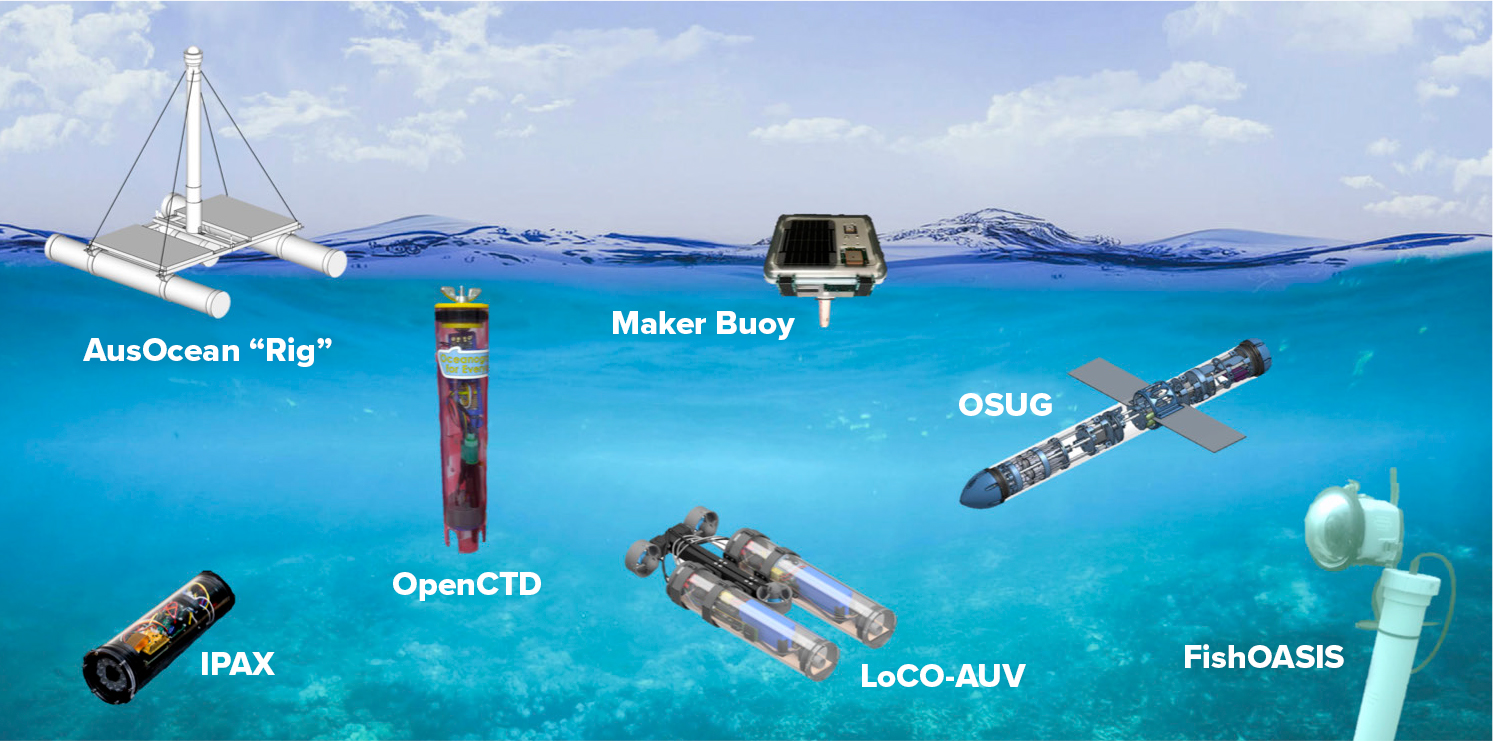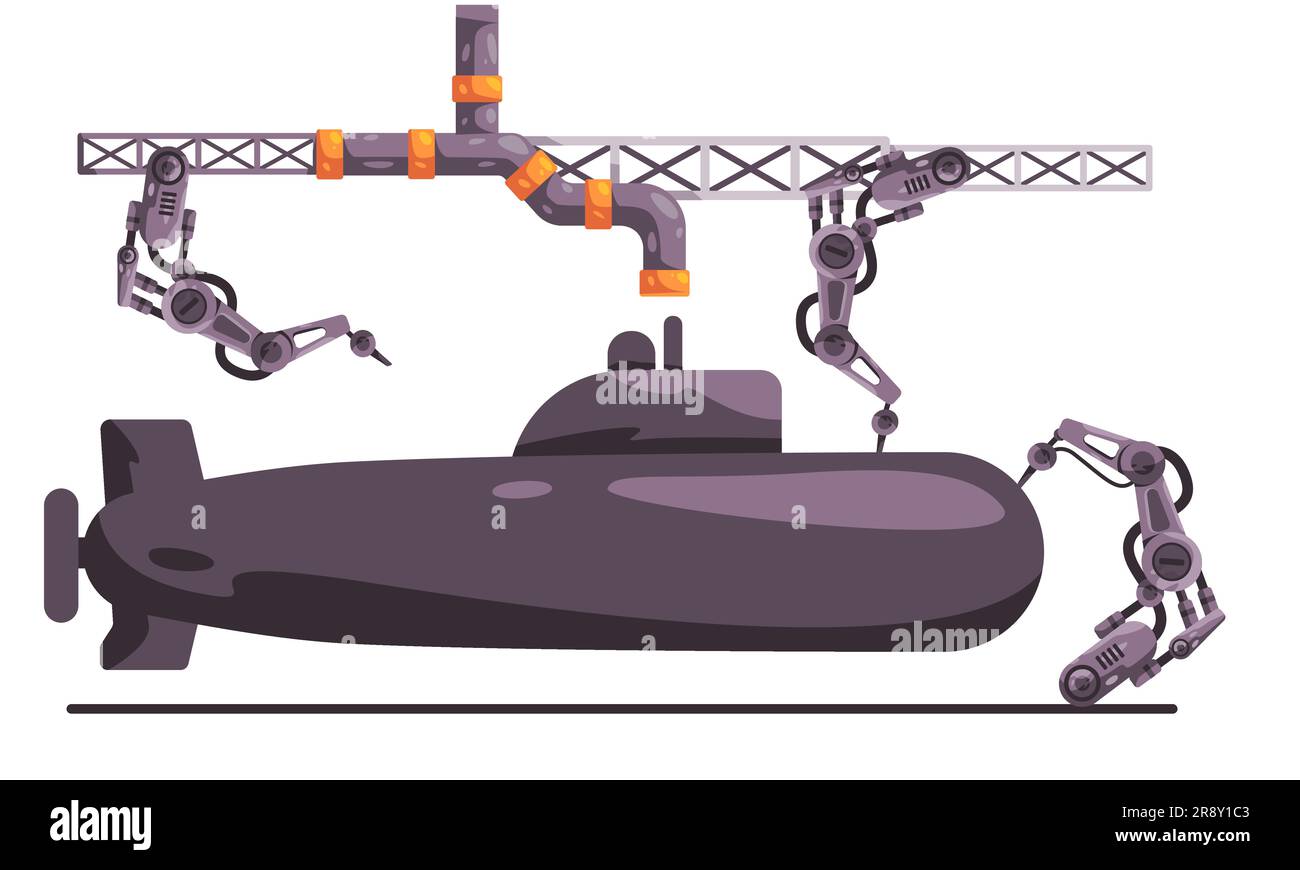
Amplifying Marine Research with Marimba: A Groundbreaking Open-Source Framework
As the urgency for marine conservation grows, so does the need for innovative tools in marine research. Enter Marimba, an open-source Python framework that aims to revolutionize how scientists manage and utilize marine imagery, recently announced by Chris Jackett at the 5th Marine Imaging Workshop 2024.
 Innovative tools for marine research are essential.
Innovative tools for marine research are essential.
The Vision Behind Marimba
In a world where marine biodiversity is under threat, researchers must maximize the impact of their findings. Jackett and his team at CSIRO’s Sustainable Marine Futures program recognized a critical gap in the market: a tool that would allow researchers to easily process and manage extensive marine image datasets. This realization prompted the creation of Marimba, which aligns with the FAIR principles—ensuring that data is Findable, Accessible, Interoperable, and Reusable.
Jackett emphasized the challenges faced by researchers worldwide, stating, > “In the vast ocean of scientific data, finding, accessing, and utilizing marine imagery has long been a challenge for researchers worldwide.”
Features of Marimba: A New Era for Marine Scientists
Marimba stands out as a tool designed to address the complexities of scientific imagery. Its key features include:
- Standardization: A structured framework for managing all stages of FAIR image datasets—from importing and processing to packaging and distribution.
- Flexibility: Customizable to meet the specific needs of different scientific instruments, be it a Canon DSLR, a GoPro, or specialized devices like imaging flow cytometers.
- Automation: Automating repetitive tasks and offering advanced built-in image processing tools to accelerate research workflows.
 Streamlining research workflows can significantly enhance productivity.
Streamlining research workflows can significantly enhance productivity.
Launching a Collaborative Future
At the workshop, Marimba was unveiled to a global audience, marking a crucial milestone in marine research technology. Jackett observed, > “The launch marks a significant milestone for Marimba, offering researchers a powerful tool to enhance their work and collaborate more effectively.”
The design of Marimba as an open-source tool facilitates ongoing enhancements and encourages diverse applications beyond marine research, making it a valuable asset across multiple scientific disciplines.
Transforming Understanding of Our Oceans
Marimba holds the potential to drive international collaboration and innovative strategies for marine conservation and resource management. By encouraging scientists to share their findings and tools, the framework promotes a more unified approach to understanding and protecting ocean ecosystems.
 Collaboration is key to advancing marine research.
Collaboration is key to advancing marine research.
The Impact of Innovation in Research
As Jackett aptly put it, the development of Marimba transcends the traditional impact metrics of publication in high-profile journals. Instead, this initiative represents a vital commitment to practical innovation that aids researchers both within CSIRO and the broader scientific community. As Marimba invites scientists from various fields to utilize its capabilities, its influence is expected to expand significantly.
Conclusion
In the rapidly evolving landscape of marine science, Marimba is a beacon of hope and innovation. By streamlining the management of marine imagery, this open-source framework not only enhances research efficiency but also fosters the collaboration necessary to combat global marine challenges. As we move forward, tools like Marimba will be essential in our quest to protect and understand the deep blue world that sustains us.
Explore More About CSIRO’s Work to understand how initiatives like Marimba are shaping future research in marine biodiversity.













